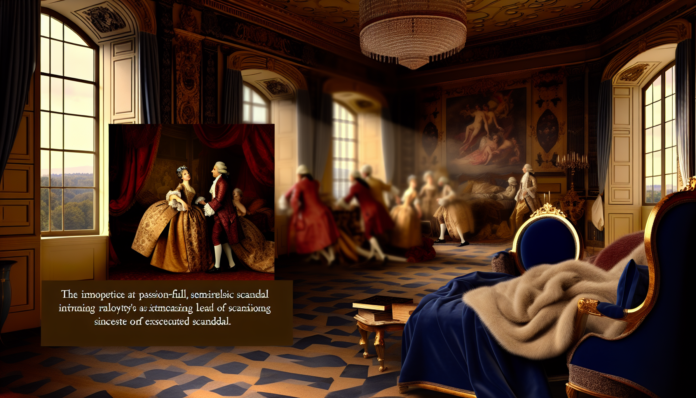Introduction
When it comes to royal scandals, few rival the sensational affair between Charles, Prince of Wales, and Camilla Parker Bowles. This tumultuous relationship, which became public in the early 1990s, was steeped in scandal and intrigue, shaking the foundations of the British monarchy. At the time, Britain was navigating a post-‘60s cultural landscape where traditional morality was beginning to clash with evolving societal norms, leading to heightened scrutiny of public figures, especially those in royal offices.
The Scandal
The affair first came to light publicly in 1993, when a leaked transcript of a phone conversation between Charles and Camilla was made public. The conversation, infamously dubbed “Camillagate,” featured intimate exchanges, including Charles’s playful remark about wanting to be reincarnated as a tampon. This scandal erupted amidst ongoing tabloid speculation about the state of Charles’s marriage to Diana, Princess of Wales.
Key events escalated dramatically:
- Public Outcry: The scandal dominated tabloids, eliciting a mix of shock, disdain, and sympathy for Diana, who was subsequently viewed as a wronged woman in a grand narrative of betrayal.
- Media Frenzy: Newspapers inundated readers with sensational headlines, often featuring embellished truths about royal lives. One particularly infamous article labeled Camilla as the “third person” in Diana’s marriage.
A notable quote from a 1995 interview with Diana summed up public sentiment: “There were three of us in this marriage, so it was a bit crowded.” This turmoil attracted attention beyond the British Isles, symbolizing the complex interplay of personal lives and public responsibilities of royals.
Moral and Cultural Analysis
Societal reactions were mixed, highlighting a transition in how personal scandals were perceived:
- Immediate Consequences: Charles faced intense backlash, leading to a prolonged crisis in the monarchy’s public image. Diana’s depiction as a victim garnered overwhelming sympathy, and many in society began to question the archaic conventions surrounding royal conduct.
- Royal Family Dynamics: Following the scandal, Prince Charles and Diana would ultimately divorce, with the public’s royal sentiment dramatically swinging in favor of Diana.
Today, this scandal might be assessed through a different lens:
- Modern Values: In an era where discussions around relationships embrace greater fluidity and openness, Charles and Camilla’s reunion might evoke less outrage and more intrigue. The normalization of high-profile relationships—often fraught with controversy—has shifted societal views towards a more accepting philosophy.
- Public Figures: Social media culture today offers an immediate, visceral reaction to similar controversies, turning royal scandals into trending topics with global reach. The ability for individuals to speak out has transformed the narrative; a figure like Diana would have a platform to share her side in real-time, potentially altering public opinion significantly.
The Charles and Camilla saga continues to be revisited in popular culture; it serves as both a cautionary tale and a lens through which to examine modern complexities of love and fidelity—even amidst the grandiosity of royal life.

